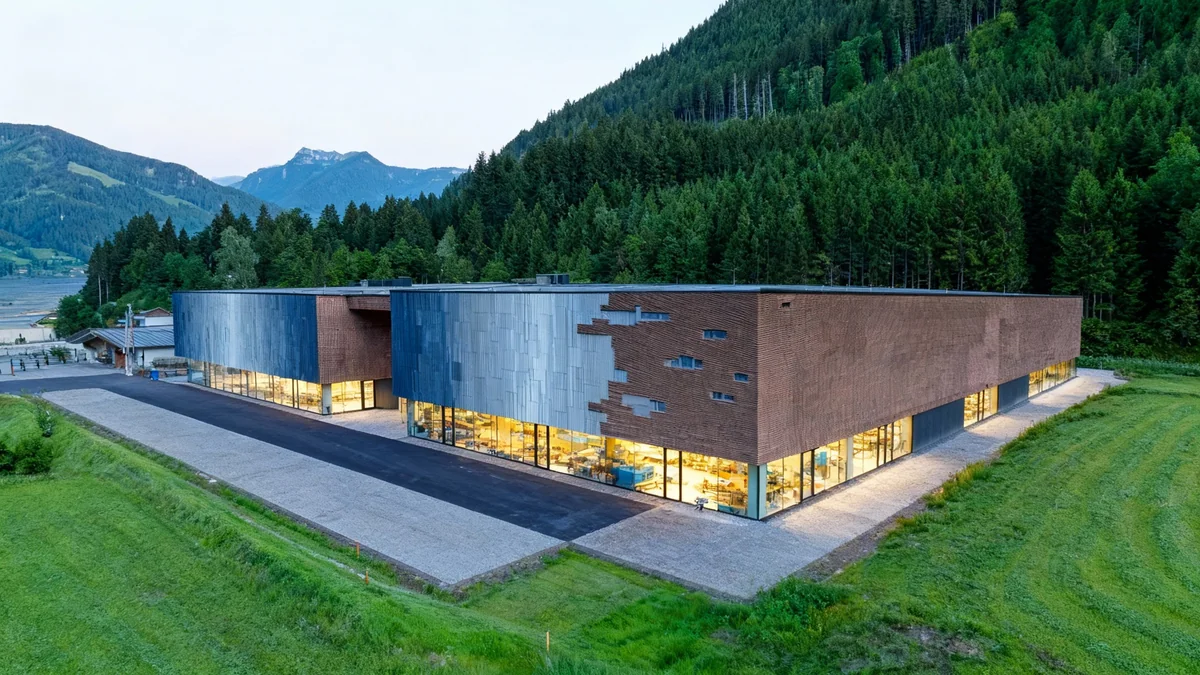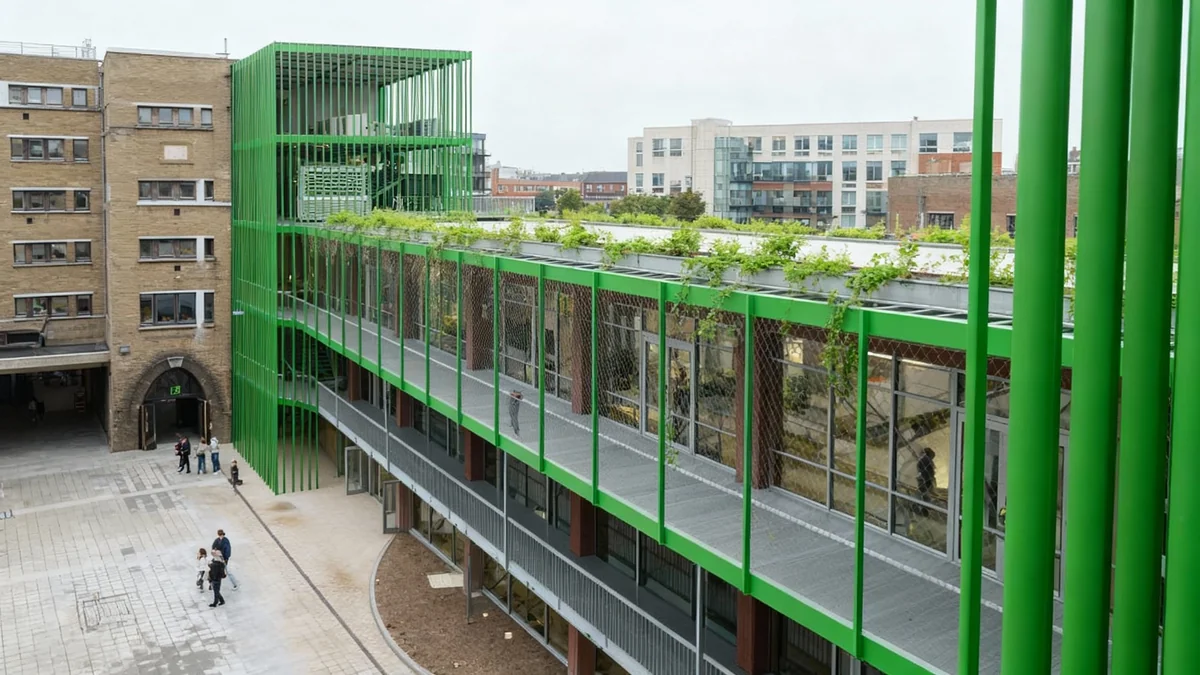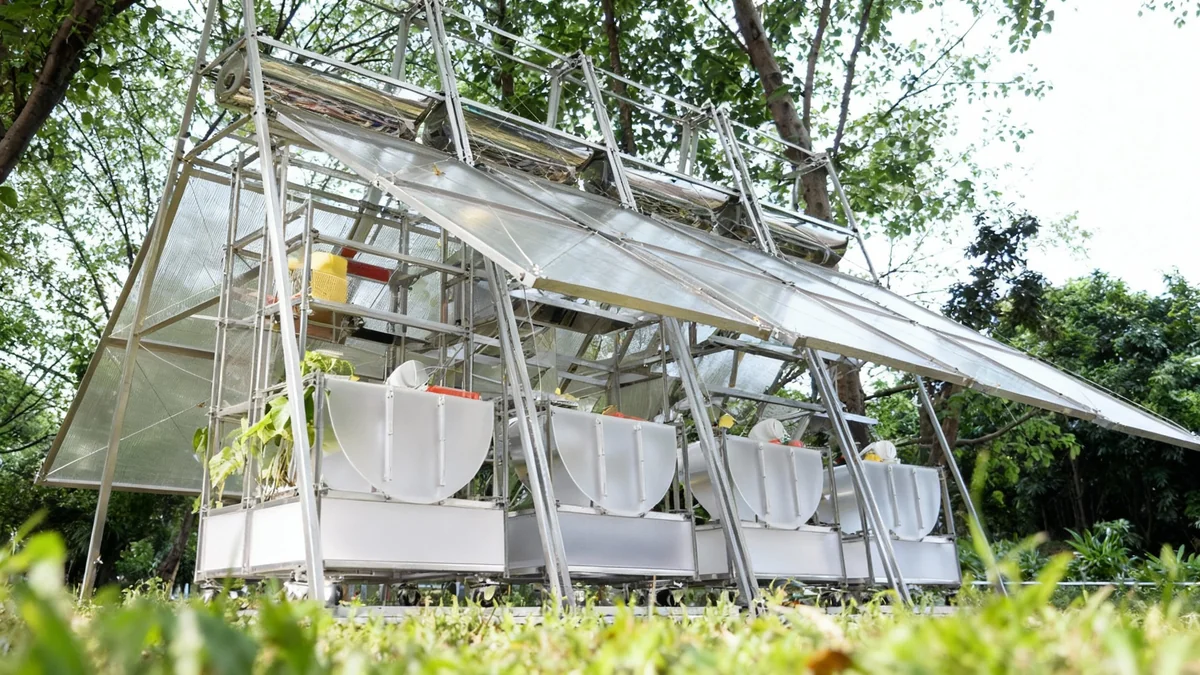Danish architecture firm BIG has revealed designs for a significant interfaith complex located on a hillside near Tirana, Albania. This ambitious project, named Faith Park, will feature a collection of pavilions dedicated to various religions, set within expansive public gardens. The development aims to create a shared spiritual space while integrating with the natural landscape.
Key Takeaways
- BIG designed Faith Park, a 200,000 square meter interfaith complex in Albania.
- The park will include nine pavilions, each for a different spiritual tradition.
- A rammed-earth Museum of Remembrance will serve as the entrance.
- Construction is scheduled to begin in 2026.
- Materials for pavilions will reflect their respective religious and geographic origins.
Faith Park: A Vision for Shared Spirituality
The Faith Park complex is planned for the hills of Petrela, covering an area of 200,000 square meters. This vast space will host public gardens alongside nine distinct pavilions. Each pavilion will honor a different faith. At the heart of the complex, a Museum of Remembrance, constructed from rammed earth, will welcome visitors.
BIG describes the park's layout as an "evolutionary tree of faith." This concept suggests a central theme from which various spiritually-focused spaces branch out. The design emphasizes a connection to nature and a return to common roots, according to the studio's founder.
"In the time of the Anthropocene it seems that we must return to our common roots – to begin worshipping our natural environment, our ecosystem, our shared planet that we call home," said Bjarke Ingels, founder of BIG. "In that sense, it feels almost inevitable that the Park of Faith – organised like a liveable, inhabitable evolutionary tree of faith mapped onto the natural topography of a mountain – is a project the world is longing for."
The Museum of Remembrance
Upon entering the park, visitors will first encounter the Museum of Remembrance. This museum will consist of nine interconnected volumes, all built using rammed earth. A central planted courtyard will form the core of the museum complex. Renders show staggered volumes with large openings on the facades.
These openings are designed to create open-air walkways and offer views of the surrounding landscape from inside the museum. The use of rammed earth highlights a commitment to sustainable and traditional building methods, aligning with the park's natural theme.
Fast Fact
Rammed earth construction uses natural raw materials like earth, chalk, lime, or gravel. It is known for its durability, thermal mass, and environmental benefits, often resulting in structures that blend seamlessly with their natural surroundings.
Navigating the Park: Paths and Pavilions
From the museum, a central path will guide visitors. This path will be lined with gardens and olive groves, creating a serene environment. It will then branch into three distinct, winding walkways. These walkways will lead visitors to the nine pavilions spread across the site.
Sinuous paths, flanked by lush greenery, will weave through the entire complex. This design ensures easy circulation between the various spiritual spaces. The aim is to create a journey that is both physical and spiritual, connecting visitors with different traditions.
Design and Materials of the Pavilions
Each of the nine pavilions will be dedicated to a "different spiritual tradition." They will be enclosed by gardens designed to reflect the "geographic and spiritual origins" of their respective faiths. This thoughtful approach extends to the materials used in their construction.
For example, the pavilion dedicated to Judaism will feature Jerusalem limestone. Christianity's pavilion will incorporate Italian marble. The Islamic pavilion will be built with a white sandstone mosaic. Dharmic and East Asian faith pavilions will utilize materials such as granite, onyx, marble, and river-polished stone.
Renders of the pavilions depict cube-shaped structures. These cubes will feature decorative and tactile designs, drawing on symbolic elements from the various religions they represent. This attention to detail in both design and material selection underscores the project's dedication to honoring diverse spiritual heritage.
Project Context
Albania is a country with a rich history of religious coexistence. The Faith Park project aims to further this tradition by creating a modern space for interfaith dialogue and understanding. Its location in the Petrela hills offers a peaceful setting, away from urban density, fostering contemplation and community.
Future Development and Global Impact
Construction on the Faith Park site is slated to begin in 2026. This timeline indicates a significant future development for Albania's cultural landscape. The project by BIG adds to their global portfolio of innovative architectural designs.
The studio has recently completed other notable projects. These include a mass-timber conference center in Normandy and their first built project in Los Angeles. The renders for Faith Park were provided by BIG, offering a glimpse into the complex's future appearance.
The Faith Park project represents a unique architectural endeavor. It seeks to blend spiritual diversity with natural beauty, creating a landmark that promotes understanding and respect among different faiths. Its design principles, focusing on environmental integration and material authenticity, position it as a significant contribution to contemporary architecture.




